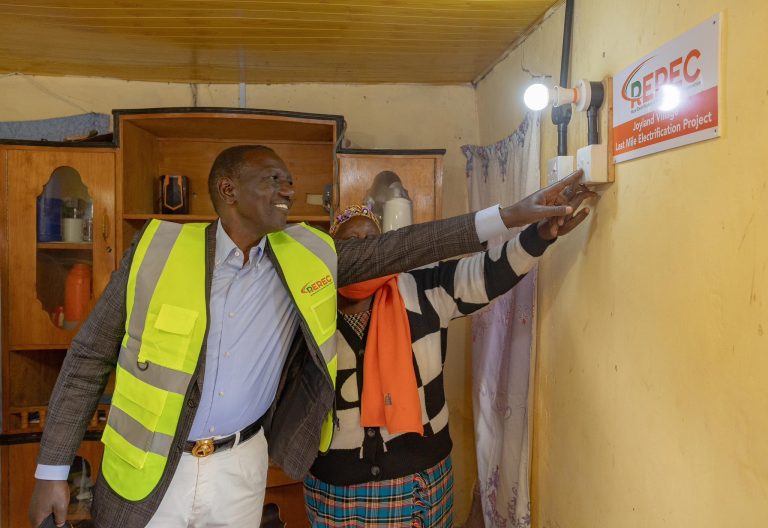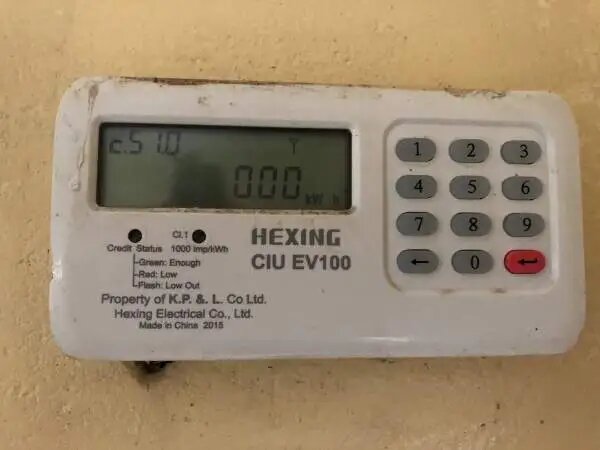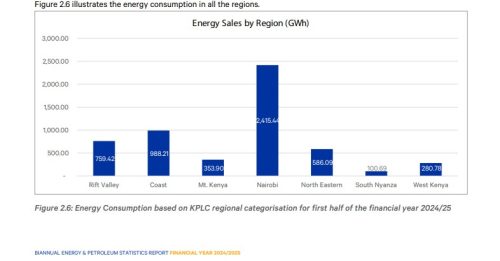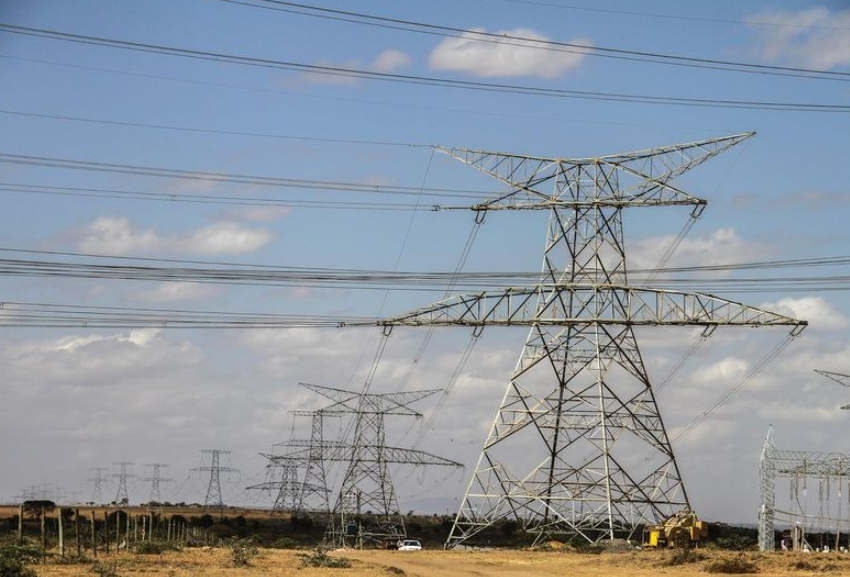EPRA report reveals areas leading in electricity usage

The Energy and Petroleum Regulatory Authority (EPRA) has published a report revealing regions where electricity consumption is high in the country.
According to EPRA’s findings, there was a general increase in energy utilisation in all regions in the 2024/25 financial year compared to a similar period in the previous financial year.
The regulator observed that the country’s half-year consumption grew from 5,205.79 GWh to 5,484.54 GWh.

Per regions
EPRA indicated that the Nairobi region topped the country in energy usage during that period by utilizing 2,415.44 GWh. The Nairobi region encompasses Nairobi, Kiambu, Kajiado, Machakos, and Makueni.
“The region accounted for 44.04 per cent of total electrical energy utilization in the country. This was an improvement from 2,293.95 GWh of electrical energy utilized in a similar period in the previous financial year,” EPRA’s report read in part.
EPRA attributed the high electricity consumption in the region to the concentration of industrial, SME, financial, and service sectors, as well as real estate and construction activities.

The Coast region ranked second in energy consumption, utilizing 988.21 GWh, constituting 18.02 per cent of the country’s total energy consumption. This is also an improvement from 930.05 GWh of electrical energy utilized in the first half of the previous financial year.
The Rift Valley region came in third among the regions utilising more electricity, where its usage clocked 759.42 GWh compared to 705.48 GWh in a similar period in the previous financial year.
“The region accounted for 13.85 per cent of the total consumption,” the report detailed.

Lowest consumers
North-Eastern and Mt. Kenya regions accounted for 10.69 per cent and 6.45 per cent of the overall consumption, utilizing 586.09 GWh and 353.90 GWh, respectively.
The North Eastern region clusters Garissa, Wajir, Mandera, Marsabit, Kitui, Thika, and parts of Machakos.
The West Kenya and South Nyanza regions recorded the lowest electricity consumption at 280.78 GWh and 110.69 GWh, accounting for 5.12 per cent and 1.84 per cent of total consumption, respectively.













